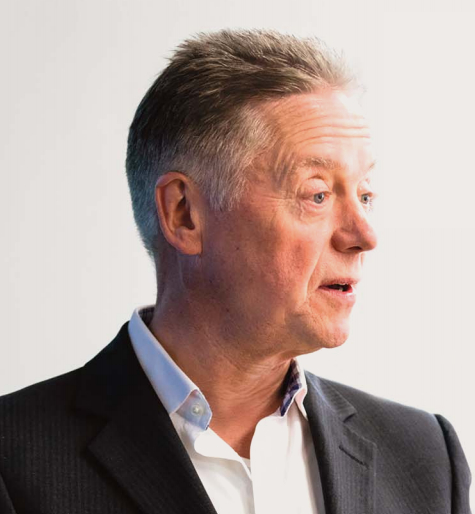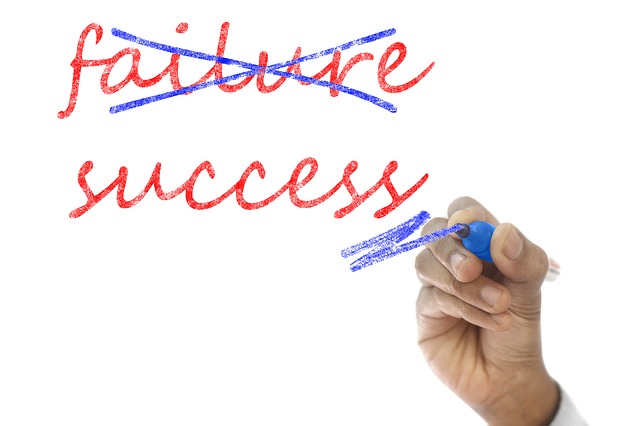Findings from Beecham Research’s recent report on ‘Why IoT Projects Fail’ relate closely to whether or not deployments achieve the anticipated business outcomes. In a discussion with Robin Duke-Woolley, the chief executive of Beecham Research, Nick Earle, the chief executive of Eseye, explores how organisations approach their IoT deployments from identifying the initial business goal through to developing devices, specifying technology and selecting partners and suppliers.
Robin Duke-Woolley: Launching an IoT solution is a complex process. At what point does Eseye begin to get involved when you’re advising new clients about their IoT projects?

Nick Earle: We start as early in the process as possible and emphasise that it’s no good worrying about the data if you can’t get the data out of the device in the first place. As an indication of the challenges, we use cellular networks, but these were built for the consumer mobile market not to connect commercial IoT and ensure data is transmitted reliably and securely. As a company, we solve the problem of accessing connections because we provide near-100% connectivity globally. In addition to the connection, we do a lot of work on the device in order to address all the challenges involved in aggregating data from an array of sensors and ensuring it can be processed in a timely way. We also send the data to hyperscale cloud where data analytics is performed and IoT capability is already built-in by organisations like AWS, which is one of our partners.
RD-W: Where do you think the main challenges lie for clients who are trying to create value from their IoT data?
NE: We have 2,000 customers and this has given us a lot of knowledge about what people are using data for, which business processes are impacted and how early adopters are using the data from IoT. However, we always come back to the central point which is where the value can be created from customers’ IoT data. I don’t believe the data and how it is analysed is the main cause of problems with deployments. There are good scalable solutions available to manage data and derive valuable insights from it. The far greater problem, and in my opinion one of the major reasons why 80% of IoT projects fail, is the fact that organisations cannot actually connect their devices in order to extract the data they need to support their expected business outcome.
We basically solve the problem of connecting things and, because we are a horizontal platform, the customer can utilise our solutions to collect whatever data they need from their devices. Don’t forget that different businesses have very different needs and the use cases vary widely in complexity, the volume of data they generate and the frequency at which they need to communicate. Costa Coffee and Bosch lawnmowers are among our customers and it’s obvious that a coffee vending machine has very different requirements to a lawnmower. In fact, every one of our 2,000 customers collects different data that is highly specific to their applications and is unique to their business case.
Each device collects the data needed to support the business outcome its owner expects. For Costa, that means ensuring the machine is fully stocked and able to vend while for Bosch, the data is more about how the machine is used and the need for maintenance. To illustrate the differences, it’s worth noting that while there are 90 sensors in a coffee machine, there are maybe six in a lawnmower. Our role and focus is to enable the data to be seamlessly collected and transmitted both from a device design perspective and from the perspective of enabling the connectivity.
RD-W: When customers come to you, what are their priorities?
NE: The customer priority is always the potential business outcome. For example, when Costa Express wanted to disrupt its traditional model for selling coffee it identified the opportunity to offer a barista-like quality of experience but from a machine. We all know that traditional coffee machines don’t provide a great experience, so Costa Express wanted to transform this and create a machine that gives as good a cup of coffee as you can get in a coffee shop.
For this new model, instead of a 1,000 square metre coffee shop, they have a one square metre vending machine space, with a completely different cost overhead. To get to this new model, they designed a new machine with us and a third-party electronics company that delivers an incredibly personalised and high quality experience. It is a huge success.
RDW: Do you see Eseye’s strength as helping organisations achieve the business outcomes they envisaged for their IoT projects?
NE: We have the technical foundation as a company to collect data from anything thanks to our IoT hardware and connectivity expertise. Similarly on the device design side, if there’s electronics in it, we can design a product that will get the data out. Don’t forget this is complex and wide-ranging. There are thousands of different sensor types available in the world.
These capabilities provide the foundation of IoT use cases but they are enablers of business outcomes, not the outcomes themselves. We use our capabilities to enable customers to create the experiences they want to bring to their customers or users. We start by asking them what they are trying to achieve, and then using our expertise we help them get there.
In the case of Costa Express, they wanted to create a previously impossible, personalised experience of a barista-quality cup of coffee from a machine. We started from that goal and worked backwards through the data the machine would need to collect and how the machine is connected so the data is communicated effectively. These are fundamental capabilities for enabling disruption through IoT.
Costa Express is just one example of a successful IoT project and it’s successful because it exceeded the expected business outcome. However, for this level of success, the device and data have to be custom-designed. I can’t emphasise enough that successful IoT projects start with the business outcome in mind and keep focused on that while the device is designed, the data requirement is defined and the required connectivity is specified. Those are the three critical elements of IoT success and they are what Eseye does. I’m proud of the breadth of our capability and the potential that it has to deliver real business transformation to our customers.










